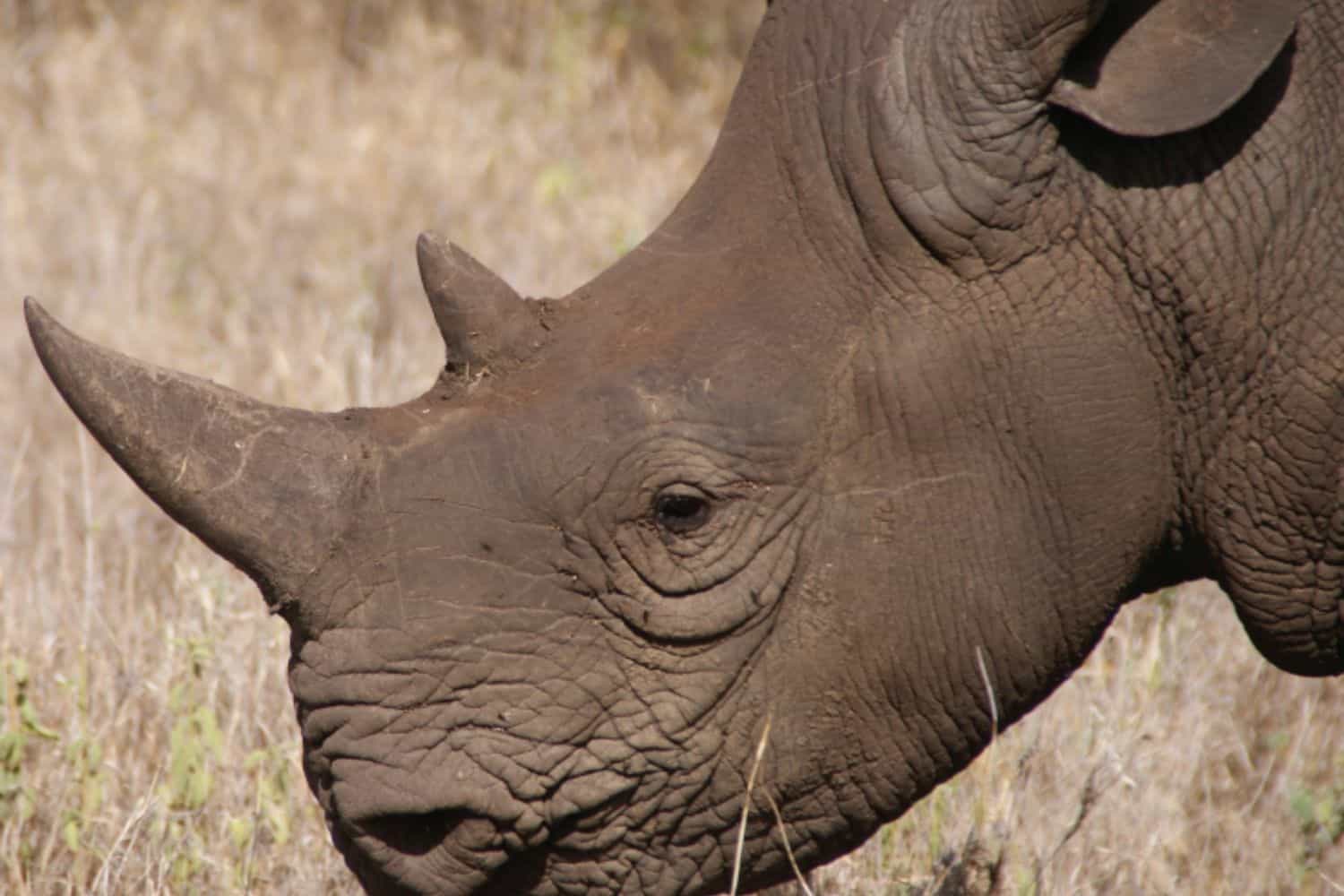'Hunting is part of the South African heritage and culture,' the department said.

The Department of Forestry, Fisheries and the Environment (DFFE) has announced the trophy hunting quotas in South Africa this year for black rhino, leopard and elephant.
DFFE Minister Barbara Creecy said this year’s quotas were a “deferral” of last year’s species allocations.
Leopards
Hunters may hunt 10 leopard, the department said, adding this number was “informed by robust data generated through a sophisticated national leopard monitoring programme”.
Leopard may only be hunted where populations are stable or increasing, and only males seven years of age or older may be hunted.
This, the DFFE said, reduced the risk of “over harvesting”.
Leopard, or Panthera pardus, have been listed as vulnerable by the International Union for Conservation of Nature (IUCN), with populations reportedly decreasing.
Trophy hunting norms and standards for leopards were revised last year, due to the plethora of challenges facing populations. These include habitat loss and fragmentation, poorly managed trophy hunting, illegal leopard skin trade and snaring.
It was suggested by scientific authorities to introduce a zero hunting quota for three hunting seasons in order to gather more reliable statistics on leopard populations in South Africa.
ALSO READ: Norms and standards regulating leopard trophy hunting under discussion
Black rhinos
The critically endangered black rhino (Dicoeros bicornis) can also be hunted.
The DFFE set this year’s trophy hunting quota at 10. Only adult males may be hunted, and only on conservation management grounds.
The hunting of black rhino comes with a “strict set of criteria to ensure that demographic and/or genetic conservation is enhanced”. This is stipulated in the black rhino Biodiversity Management Plan.
Populations of the three subspecies of black rhino are reportedly increasing at present, the DFFE said.
This is due to significant strides made in more than 20 years of persistent conservation efforts.
According to the IUCN, there are a total of 3,142 mature individuals in various parts of Africa. Black rhinos are found in South Africa, Angola, Kenya, Mozambique, Namibia, Tanzania and Zimbabwe.
ALSO READ: Black rhino population on slow road to recovery
Elephants
A hundred and fifty elephants will be hunted for trophy purposes in 2022, which the DFFE says is “only a very small portion of the overall population”.
This number represents less than 0.3% of the African elephant’s (Loxodonta africana) total population in the country.
Elephants are endangered in South Africa according the IUCN red list, with population trends decreasing.
The department’s data, however, shows “an increasing trend” in national elephant herd numbers, with the quota “well within sustainable limits”.
All boxes ticked, says DFFE
The DFFE said all trophy hunting quotas are published in accordance with the Convention on International Trade in Endangered Species of Wild Fauna and Flora (Cites) regulations, as well as in terms of the National Environmental Management: Biodiversity Act (Nemba).
“South Africa is one of many countries that implement a sustainable off-take of elephants, black rhino and leopard.
“This is aligned with the best available scientific information on their conservation status and ensures that hunting of these animals does not have a negative impact on the wild populations of these species.”
The DFFE said “regulated and sustainable hunting” was good for conservation in South Africa, with incentives for the private sector and communities to conserve valuable wildlife species and participate in “wildlife-based land uses”.
ALSO READ: PICS, VIDEOS: Miracle rhino calf born to orphaned parents a world first
Profit perks
In addition, the department said income generated from trophy hunting was “critical” for impoverished rural communities.
In 2019, the hunting sector contributed R1.4 billion to the economy. This amount excluded the economic contribution to tourism and safari-related industries.
Species fees alone generated R1.1 billion, R208 million of which came from hunting threatened or endangered species.
“These species are central to a vibrant international hunting industry, and hunting is part of the South African heritage and culture.”
ALSO READ: Business as usual for trophy hunting industry as SA tops exhibitor list
Trophy hunting and conservation
In 2020, South African trophy hunting exhibitors made up 29% of those displaying their hunted mammals at the Dallas Safari Club Convention.
Humane Society International (HSI) Africa wildlife director Audrey Delsink told The Citizen at the time there were far more beneficial ways to conserve wildlife species than to promote adrenalin-filled thrill kill expeditions.
The fact that black rhinos make it onto the trophy hunting quota list each year was startling to Delsink, given the “poaching pandemic”.
The “trophy-hunting industry generally pays lip service to conservation or uses the term to try to justify and legitimise its existence”, HSI-Africa said.
“With illegal wildlife trade so rampant, it is of concern that this part of the trade spectrum continues unabated, continuously targeting vulnerable and fragile populations,” Delsink added.
NOW READ: Not a fan of hunting lions? Then you’re not ‘truly African’






